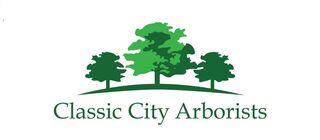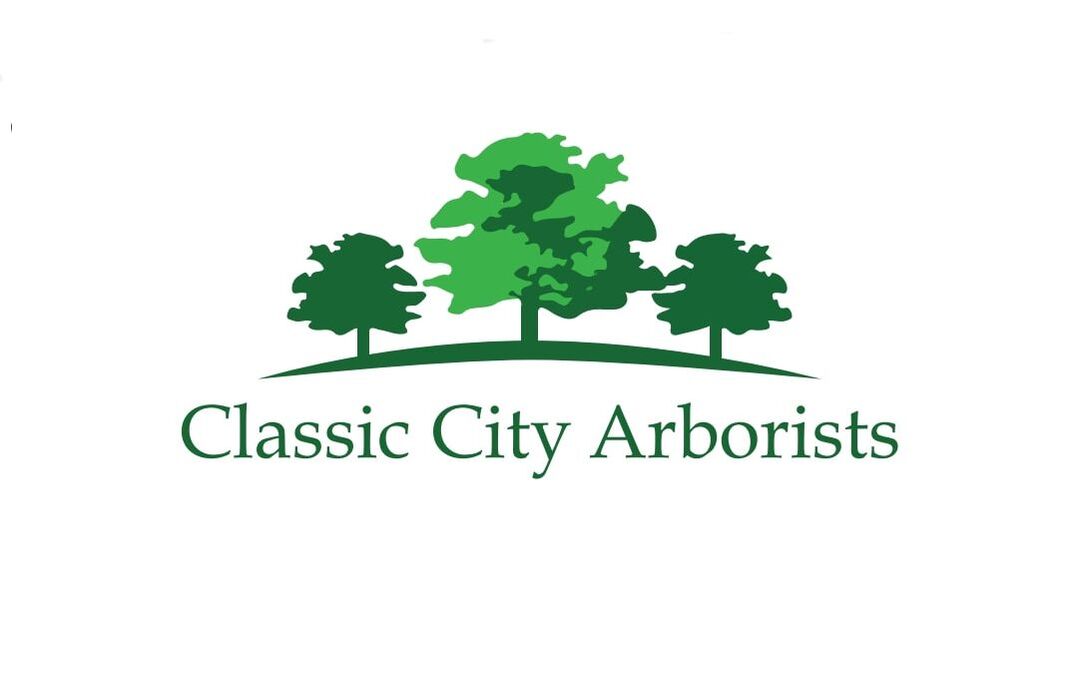|
News and Blog Articles
|
|
Flower gardens are a highly-sought-after addition to any home. A bed of brightly-blooming flowers can enhance curb appeal and provide you with cut flowers at the significantly cheaper cost of cutting them yourself than paying for a bouquet at the grocery store. They also attract beautiful butterflies and singing birds, adding some whimsy and fantasy to your yard. In fact, attracting wildlife like birds, bees, and butterflies is one of the most important functions of any flower; these pollinators and seed-spreaders are vital to the continuation of any plant species, and—in the case of honey bees, specifically—the continuation of the pollinators themselves. Most everyone in the South knows that Milkweed is planted for Monarch butterflies. These insects swarm to the southeast to breed, and Milkweed is vital for Monarch larvae. Though it isn’t perhaps the most attractive plant, Milkweed is a beneficial addition to any landscape But what other plants should you plant to help out the butterflies, or the birds, or the bees? We’ve compiled a list of flora that’s best at attracting our flying friends, so you can add something pretty and ecologically valuable to your yard. Whether you’re looking to fill a small flower bed or your entire yard, if your goal is to attract all kinds of pollinators and seed-spreaders, then these are for you: Bee BalmAs you may have guessed from the rather on-the-nose name Bee Balm is a magnet for bees. Though the attractive perennial may yellow in the heat of summer, rest assured that any established plant will reliably return year after year. Bee Balm also interests butterflies and birds—especially hummingbirds SageMore than just a delicious herb, Sage plants offer gorgeous flowers and are perfect sources of nectar for bees, butterflies, and hummingbirds alike. These perennials are surprisingly easy to grow and maintain, and as an added bonus, give you fresh herbs to add to your favorite dishes! ZinniaZinnias are a beautiful addition to any flower bed, and attract all sorts of songbirds in addition to hummingbirds, butterflies, and bees. They require a bit more maintenance than some of the other options on our list; to continue blooming, they’ll need the heads of any dead blooms trimmed off. But, if you’re willing to spend a little time in the garden tending them, Zinnias will happily provide colorful flowers all summer long Other attractive plants for pollinators and seed-spreaders include Verbena, Thistle, Nasturtium, and Hollyhock. But maybe you’re not interested in attracting just any friends into your yard. Maybe you’d like to avoid the avian seed-spreaders, because they like to wake you up at 6AM singing with the sunrise. Maybe you’d rather not have butterflies, because that means caterpillars, which appear to be tasty snacks to dogs and toddlers alike. Or maybe you’re hoping not to attract bees, because you’ve got kiddos around and aren’t interested in the crocodile tears that come with bee stings (trust us, we’ve been there). If you want to be a bit more specific in what you attract, check out these: Lavender - Good for Butterflies and BeesLavender attracts butterflies and bees thanks to their gentle fragrance and gorgeous purple blooms. In addition to a colorful addition to your yard, lavender comes with a variety of uses and benefits for humans, too. The gentle scent is known for its soothing, relaxing effect, and the dried plant is often used in air-freshener satchels, since its smell isn’t overpowering. Lavender is also a great addition to your herb arsenal, and can be used in a variety of dishes, from sweet pastries to savory entrees Borage – Good for Butterflies and Bees Borage, more commonly known as Starflower, starts out a light pink color and then mature into a wonderful blue. They make great neighbors for tomato plants, and are attractive to butterflies and bees. Borage is an annual plant, which means the same plant won’t come back again next year—but they naturally re-seed, meaning a patch of Borage will likely sprout new plants next year from the seeds of the old ones Liatris – Good for Butterflies and Hummingbirds Liatris comes in purple, pink, and white blooms with grass-like, spiky leaves. They can reach heights of up to 5 feet tall, and require little to no maintenance. They are tolerant of drought, cold snaps, and pests, and will bring in colorful butterflies and flitting hummingbirds alike Phlox – Good for Butterflies and Hummingbirds This flowering plant grows low to the ground and is fairly hardy, making it great ground cover. It attracts butterflies and hummingbirds, and blooms from early spring all the way through summer Geraniums – Good for Hummingbirds and Bees Geraniums are beautiful cluster perennials that will come back every year and attract hummingbirds and bees. They require minimal care, though they do best if blooms are trimmed once dead, to encourage more flowers Other more selectively attractive plants include Scabiosa and Delphinium, good for butterflies and hummingbirds, Four O’Clocks and Paintbrushes, good for hummingbirds and bees, and Cosmos and Goldenrods, good for butterflies and bees. Lastly, we want to point out that you don’t actually have to have a flower garden, or flowering plants in general, to contribute to the pollinators and seed-spreaders. Some trees and shrubs will also get the job done, and require much less maintenance: Oak TreesThese stately trees attract moths and butterflies, which in turn attracts a wide array of bird species. Plus, they’re gorgeous! WillowsWhether it’s the shrub-like Pussy Willow or the grand Weeping Willow, these trees are highly enticing to a variety of birds thanks to their nesting real estate and protective foliage. They also attract their fair share of butterflies and bees, and can bring some height to your yard that might otherwise be filled with shorter flowering plants Cherry TreesBlack Cherries, Common Chokecherries, and other native cherries feed birds, caterpillars, and moths alike, and are a great addition to any landscape. Other tree species great for the birds, the bees, and everything in between include Birches, Dogwoods, Hollies, Elderberries, Mulberries, and Junipers. So there you have it. Any combination of the plants listed above will turn your yard into an oasis of food, pollen, and nesting ground. No matter which you choose to plant, keep in mind that all of our flying friends are most attracted to a diverse range of options—like us, they’re not happy with the same-old-same-old for every meal. A healthy mix of perennials, flowering plants, and trees or shrubs will ensure every single bee, bird, and butterfly has something to snack on, and will help the stability of your local ecosystem! Now, if you’re interested in keeping insects and birds and butterflies away, tune in next week for our article, Ecological Warfare: What to Plant to Discourage Potential Pests. AuthorEmily Casuccio is sister and sister-in-law to Rebekah and Scott Rushing, and has over half a decade of experience in copywriting, copyediting, proofreading, and developmental storyboarding. She's worked with both published and undiscovered authors on both fiction and nonfiction, and takes pride in supporting local businesses. Her passion lies in the written word and helping authors of all capacities realize their dreams and achieve their fullest potential. To learn more about her, read samples of her work, or contact her, visit her online portfolio.
1 Comment
6/2/2020 08:06:22 am
Wonderful article! Great combination of information and pictures. Really helped me to identify which plants I need to add to my garden to help our ecosystem. Thank you!
Reply
Your comment will be posted after it is approved.
Leave a Reply. |
Categories
All
Archives
January 2023
|
|
23 Whatever you do, work at it with all your heart, as working for the Lord, not for human masters,
24 since you know that you will receive an inheritance from the Lord as a reward. It is the Lord Christ you are serving.
Colossians 3:23-24
24 since you know that you will receive an inheritance from the Lord as a reward. It is the Lord Christ you are serving.
Colossians 3:23-24

